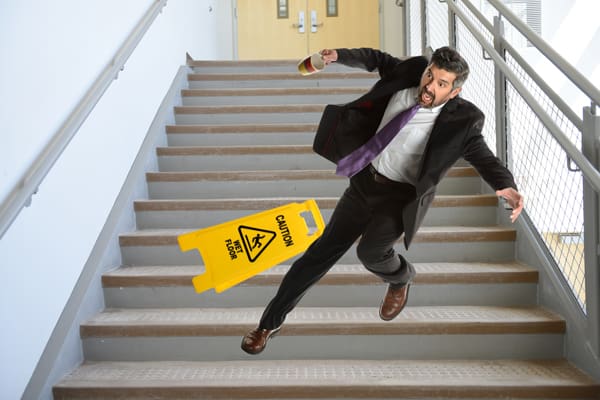
In my first-of-the-year mail, I received a survey opportunity from a national nature-conservation program I respect. On the over-sized envelope was the announcement that I had been selected to take this survey—and to thank me for my input, I would receive four free gift vouchers and two bonus gifts.
Now, I love surveys. But immediately, as an experienced nonprofit executive, I was taken aback by the multitude of thank-you gifts. Upon opening the package, I was informed that “no purchase was necessary” (“a contribution does not increase your chance of winning”) to qualify for the Grand Prize of a year's supply of coffee, in addition to all the afore-mentioned gifts. They included a shipment of ten plants of one type and two of another type, a book, and a calendar—in addition to the chance to win that coffee! (Not to mention the one-page calendar and the return-address stickers in the survey envelope!)
By now, I'm thinking Publishers Clearinghouse! One quick look at the survey questions (15 in the nature of: “When you were a child, did you..” interact with the plant in question?) and it was clear that the packet was not a survey, but a solicitation for donations. Now, most of us are used to this survey/solicitation hybrid strategy, but it's usually played out with a little more subtlety.
My point: When you overdo it, you may get a response other than the one you intended.
Perhaps this nonprofit designed their package as a result of consumer research. (I hope so.) But, to this potential donor, the plethora of gifts was too much! As I read from one to the next, I kept thinking: Why are they giving so much away? Do they feel they have to “buy” my interest? Or are they just doing a wide sweep trying to appeal to everybody at once? How much will it cost to ship all this stuff to me? (Is that responsible stewardship of the donor's dollars?)
So, think before you sign on to a wild idea. Run the idea by a few trusted members of your audience to see what reactions they will have. Don't risk your reputation on a project that might undo years of image-building---or provoke comments like the above.